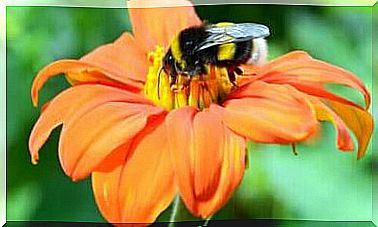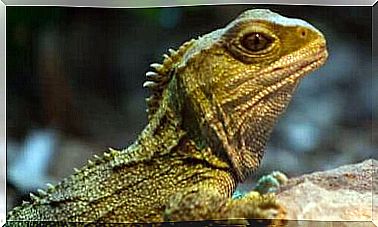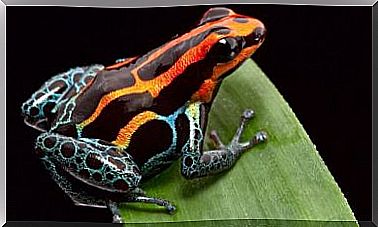The Red-tailed Guuan, A Tropical Bird
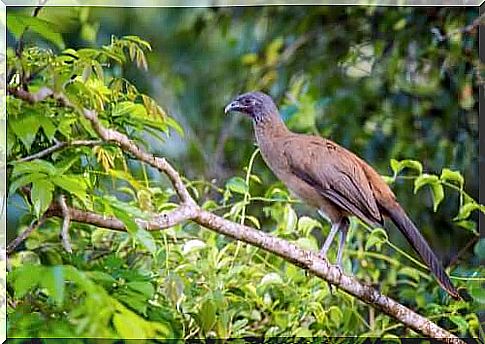
The red-tailed guuan ( Ortalis ruficauda ) is a tropical bird of the order Galliformes . In his homeland he is known as “Guacharaca”, “Chachalaca” or “Cocrico”.
This species belongs to an ancient group of birds in the Hokkohühner family, which includes about fifty species and is related to the big footed fowl. The latter are known as nesting mound-building birds and live in Australasia.
Distribution area of the Red-tailed Guinea
The red-tailed guuan only lives in America. It occurs exclusively in Neotropical areas: in northeastern Colombia and in northern Venezuela, although it also lives in Trinidad and Tobago, where it is one of the two national birds.
habitat
The red-tailed guuan lives in deciduous bushes, gallery forests and small wooded areas in the drier lowlands in northeast Colombia, in northern Venezuela and in Trinidad and Tobago, as already mentioned.
In Venezuela, the guacharacas generally do not live in the deep humid forests, but prefer scrub, dense stream banks or lower forests in the driest areas of the tropics.
Physical characteristics
These birds are similar in appearance and size to chickens and pheasants. They have a small head, a long neck, a body with large powerful legs and a relatively long tail. They also spread deep and resonant singing.
This species has dull and inconspicuous plumage. The dominant colors are gray, brown and black, which serve as camouflage on the branches and on the ground. The females of this species also have a dark brown morphology with a light brown body area.
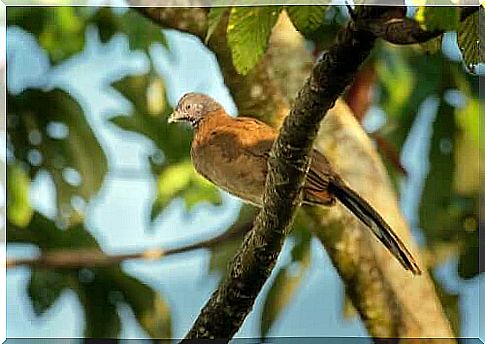
Way of life of the Red-tailed Guan
Guacharacas are mainly day birds. They are most active early in the morning before dawn, when you can hear their loud calls.
These birds prefer to nest on trees. First and foremost, they feed on fruits and plants, i.e. on soft fruits, seeds, flowers, green shoots and leaves.
Due to its fondness for fruits, this bird is a good spreader for seeds and therefore has great importance for the regeneration of forests.
Recent studies have classified the red-tailed guuan as a species that indicates the conservation status of forests. It is also a gregarious species of bird that usually gathers in flocks of 4-20 birds to forage.
Guacharacas usually rest during the hottest hours of the day. Of course, their resting places are always in the trees. They also take dust baths and are believed to be used to fight external parasites. But they could also be part of the courtship ritual.
Reproduction
It should be noted that these birds are monogamous. In addition, they usually nest in trees and both the male and female take part in nest building. During the breeding season, they can be territorial.
As a rule, they lay two white eggs that the female incubates on her own. The young are fleeing nests and are born with the instinct to climb immediately and seek refuge in the nesting tree. They are able to fly just a few days after hatching.
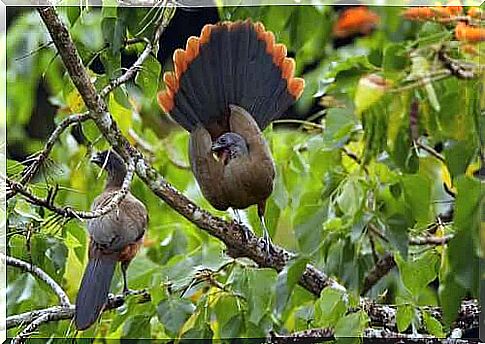
The song of the red-tailed guuan
Many Guacharaca specimens make extremely loud noises. They have a greatly enlarged windpipe that guarantees that their calls can be heard over a kilometer away.
Usually, swarms of guacharacas in choir make very loud noises. A multitude of cackles, screams and croaks dominate their chants.
Conservation status of the red-tailed guuan
Traditionally, the Hokkohühner family was hunted in the rural villages of the Neotropic, as they are larger compared to other forest birds. On the other hand , the increasing deforestation of their habitat is also affecting the rapid decline in local crocodile chickens across Latin America.
The fact that this species is becoming an important species for ecotourism is a factor that may favor conservation measures.
